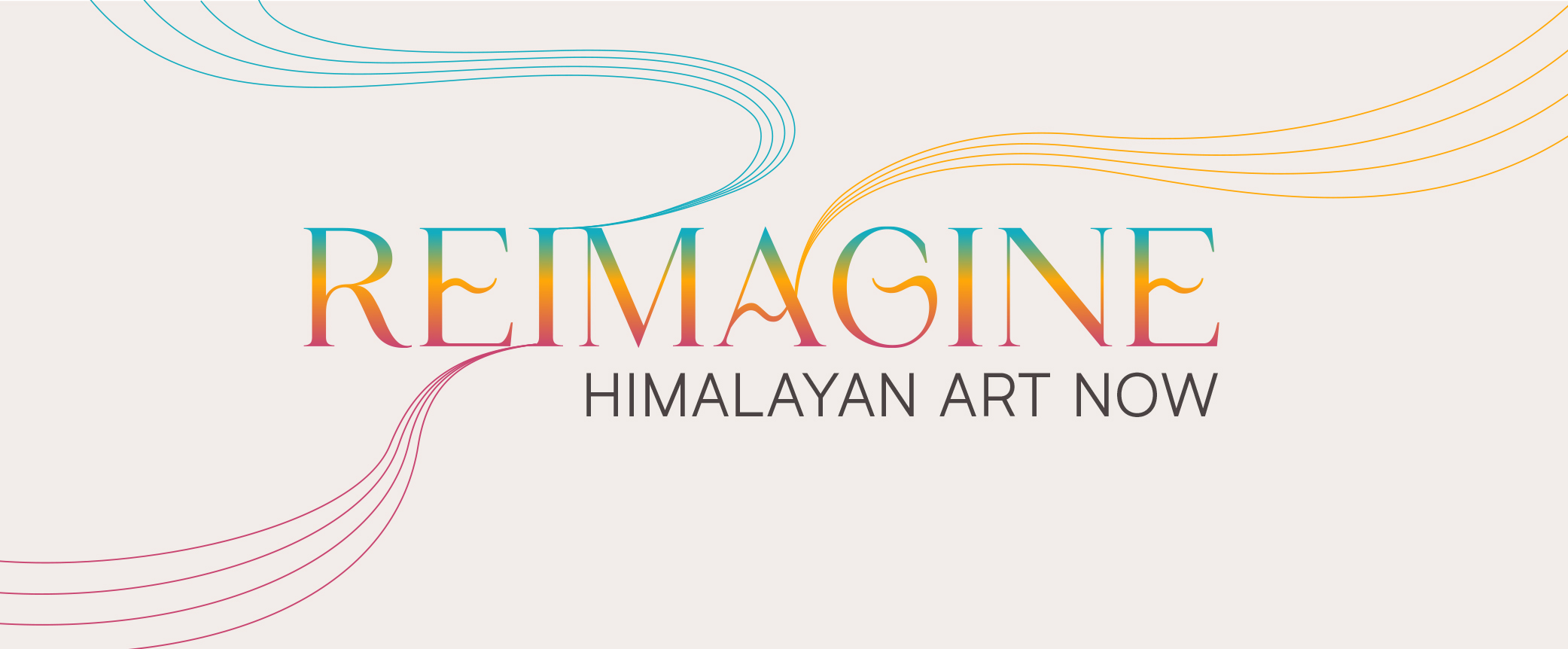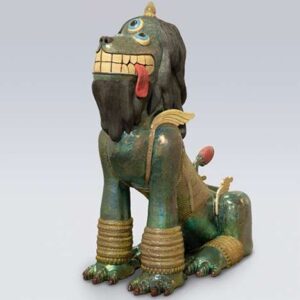
Asha Kama Wangdi, VAST Bhutan
Reimagine: Himalayan Art Now
March 15–October 6, 2024
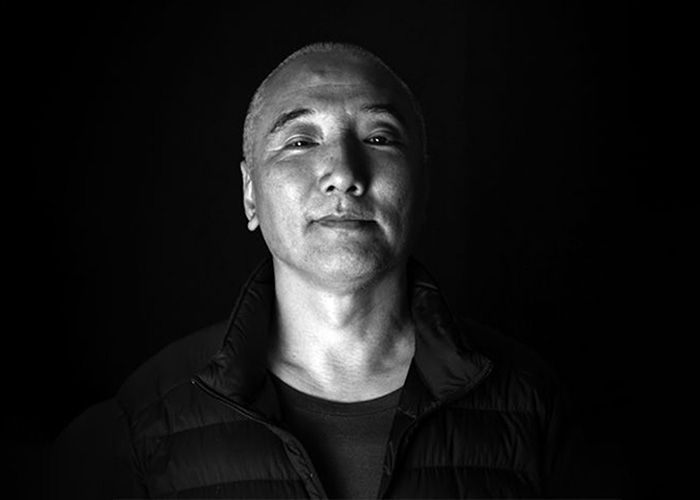
LISTEN TO THE ARTIST
ABOUT THE ARTIST
Asha Kama Wangdi (he/him), VAST Bhutan
b. 1958, Punakha, Bhutan; lives and works in Thimphu, Bhutan
Asha Kama Wangdi’s journey in Western art began at school in Thimphu, but he chose to leave in order to become an apprentice, immersing himself in Bhutanese religious and traditional art at the National Fine Arts Centre. He later worked as an illustrator for the Bhutan Royal Government and earned a first-class honors degree from the Kent Institute of Art and Design in England in 1994.
In 1997 Asha Kama Wangdi co-founded VAST Bhutan with two artists and has since mentored over 10,000 young individuals. In recognition of his contributions to art and the community, the artist was honored with the National Order of Merit (Gold) by His Majesty The King of Bhutan in 2010.
“I am humbled to be seen as the torchbearer of contemporary art in Bhutan, and it has been an honor to foster a uniquely Bhutanese voice in contemporary art, drawing from our rich cultural heritage.”—Asha Kama Wangdi
vastbhutan.org.bt/painters/asha-kama / @kama.wangdi
ABOUT THE ARTWORK IN REIMAGINE
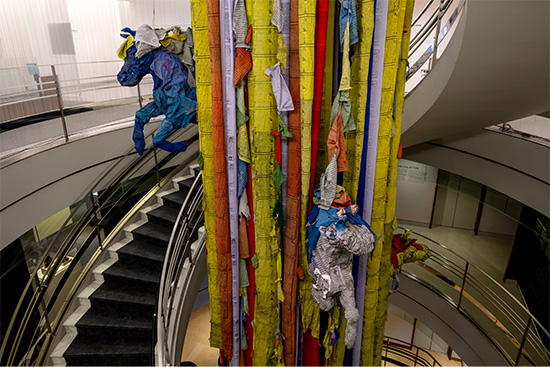
Inspired by the lungta, or “wind horse,” five horses emerge from a cascade of falling flags. The lungta is a mythical Tibetan creature from pre-Buddhist times that was adopted into Buddhist philosophy. It combines the speed of the wind and the strength of the horse to carry prayers from earth to the heavenly realm, and it is associated with positive energy, life force, and good luck. Each horse is made from one of the five traditional prayer flag colors that relate to the five states of mind and the five elements that must be in harmony to create balance according to Tibetan Buddhism: Yellow (Wisdom, Earth), Red (Compassion, Fire), Green (Equanimity, Water), White (Purity, Air), and Blue (Endurance, Space). The sculpture comprises fallen and faded prayer flags envisioned as “mad horses” because of the unintended negative environmental effects of placing prayer flags in nature for protection and merit.
RELATED RUBIN OBJECT
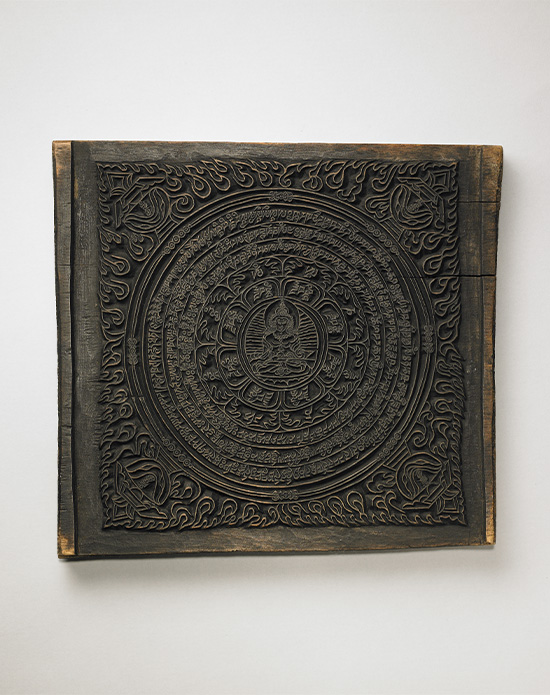
This object from the Rubin Museum’s collection is presented in the Reimagine exhibition in dialogue with The Windhorse (lungta), inviting new ways of encountering traditional Himalayan art.

